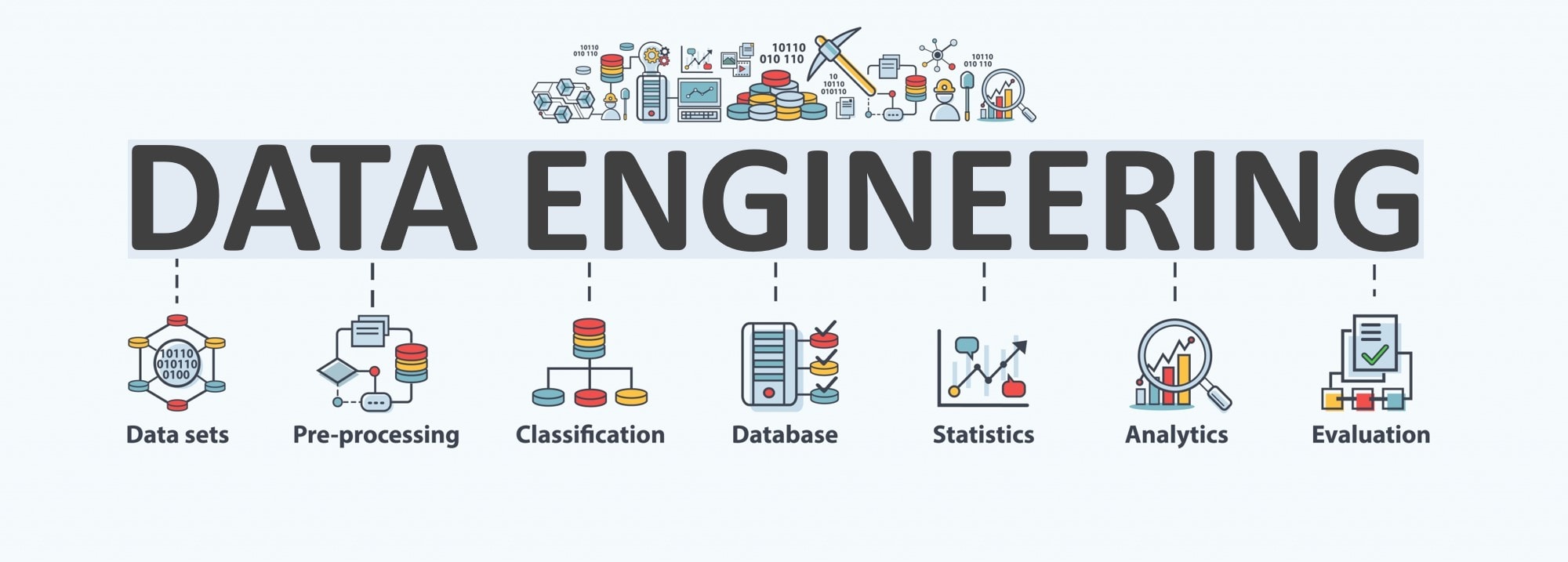Data engineering involves designing, building, and maintaining systems and infrastructure that enable the collection, storage, processing, and analysis of large volumes of data. It is a crucial field that supports data-driven decision-making across various industries. Here are the critical aspects of data engineering:
1. Data Collection and Ingestion:
->Developing pipelines to gather data from various sources such as databases, APIs, sensors, and logs.
Ensuring data is collected efficiently and in a timely manner.
2. Data Storage:
->Designing and implementing scalable storage solutions using databases, data warehouses, and data lakes.
Choosing appropriate storage technologies based on the nature and volume of data.
3. Data Processing:
-> Creating workflows to transform raw data into a usable format.
Utilizing ETL (Extract, Transform, Load) or ELT (Extract, Load, Transform) processes to clean, enrich, and organize data.
4. Data Integration:
-> Combining data from multiple sources to create a unified dataset.
Ensuring data consistency and quality across different systems.
->Data Quality and Governance:
Implementing data validation and cleansing techniques to maintain high data quality.
Establishing policies and practices for data management, including security and compliance.
5. Data Pipelines and Automation:
-> Automating data workflows to ensure reliability and efficiency.
Using tools like Apache Airflow, Apache NiFi, or cloud-based services to schedule and monitor data pipelines.
6. Big Data Technologies:
->Leveraging technologies like Apache Spark, Hadoop, and Kafka to handle large-scale data processing and real-time data streams.
Implementing distributed computing frameworks to manage big data workloads.
7. Data Warehousing and Analytics:
->Designing data warehouses and OLAP (Online Analytical Processing) systems to support business intelligence and reporting.
Using cloud-based solutions like AWS Redshift, Google BigQuery, and Azure Synapse Analytics.
8. Scalability and Performance Optimization:
-> Ensuring data infrastructure can scale to handle growing data volumes.
Optimizing data processing and storage for performance and cost efficiency.
9. Collaboration and Communication:
-> Working closely with data scientists, analysts, and business stakeholders to understand data needs.
Translating business requirements into technical solutions and ensuring data is accessible and usable.
In summary, data engineering is about creating and managing the infrastructure that enables efficient data flow from source to analysis, ensuring data is reliable, accessible, and ready for decision-making.
Introduction Of Data Engineering
